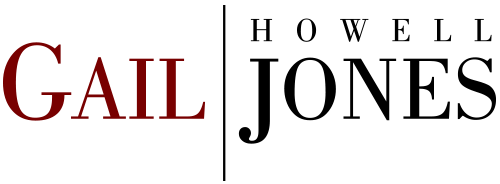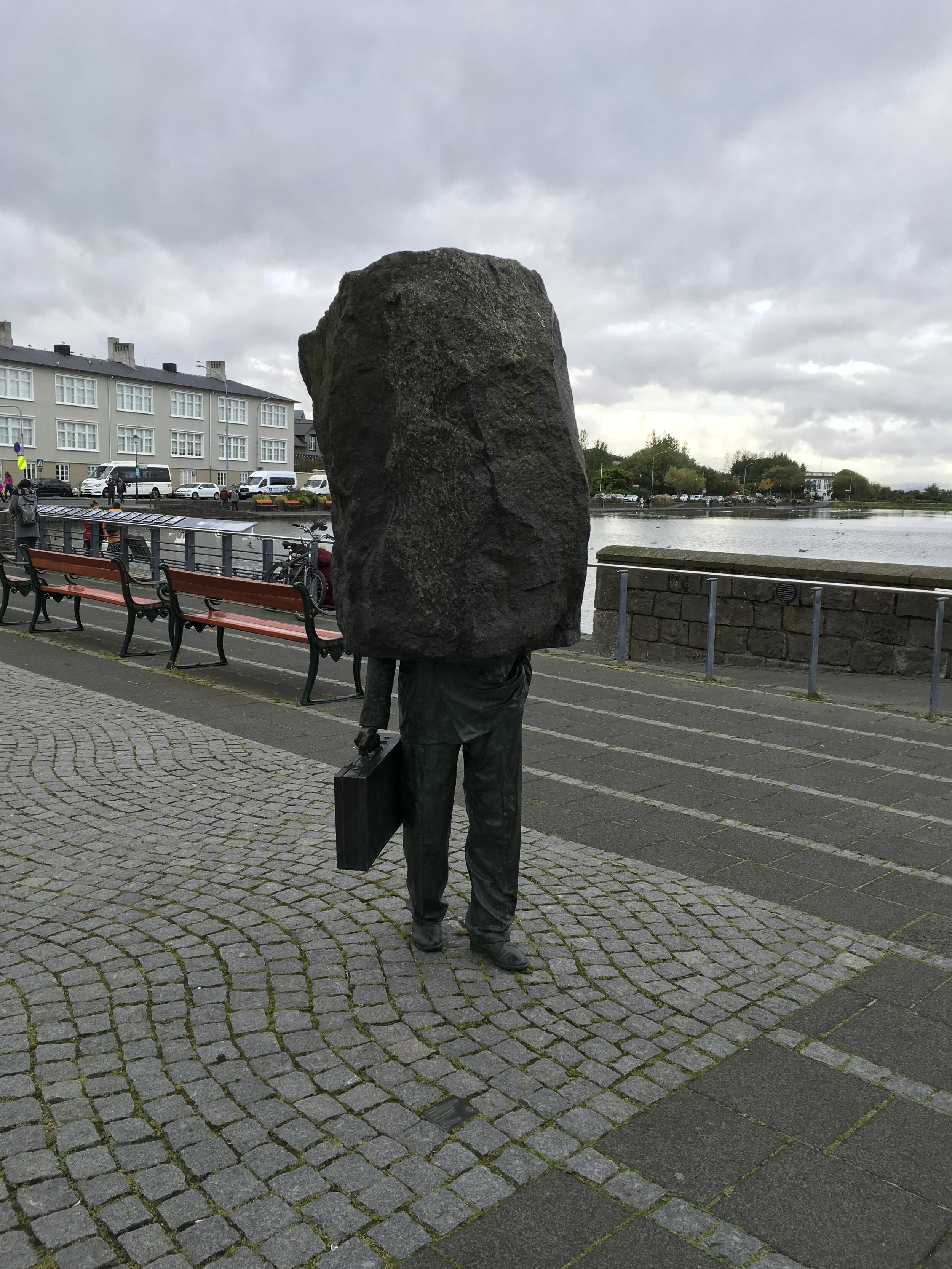STAND DOWN
During COVID lockdown we all learned to hibernate. Stimulation was low, connection low, information a continuous monologue mostly around the COVID experience. Limited decisions. We all learned to readjust, to operate, and function in this low input environment. And, our stimulation tolerance muscle atrophied.
It would have been challenging to return to a more engaged world, even if that world had been the same.
But somehow things were faster and more complex that we remembered. It was as if we were living in some kind of rebound energy where information had grown outside our daily consciousness, overwhelming and more contradictory that ever. Like we woke up in a strange room. In a weird hall or mirrors. Not exactly sure how we arrived there.
If you are like me and many others I have spoken with, you are starting to feel a bit frantic. Too many options. Too many choices. Just too much. And fueling it all is panic that you will miss out on something important you need to live longer, more healthily, to earn more, protect yourself, survive the coming dark years. What and who do you believe? Never have so many truths seemed believable and possible.
So if you are like me you are reaching for….. well everything. Just to cover all bases. Every podcast, influencer, expert, vitamin, food, medication, meditation or motivation offering, every thought or item that promises to hallelujah you with certainty into the approaching singularity. Sadly though, it is almost all confusing and contradictory.
Daily, offers pile up in your inbox. You sign up for programs you tap in and out of automatically, almost listlessly. And still the information is cascading. The securities you thought you had are failing. You do not feel safe or connected. You are living in survival mode. Or a best anxiously. Time spent doing what you believe is needed to “maximize” and stay ‘safe is increasing. Some days you just want to crawl under the covers. Too much.
So instead of another January burden of resolution and intention, I suggest to my clients to simply stand down. Stop. I promise the outside will be waiting. You will not have missed much. You can for sure catch the reruns. Many times. Same book with a different cover. You will have time to decide and navigate your way.
However if you let anxiety – fear – be your jet fuel it will not propel you into the new world, but into personal chaos and more anxiousness. Being fuelled by anxiety is not being led by its message, your intuition or accomplishment. It’s not pushing your edge. It is frantic. It creates no finish or advantage. Just more chaos.
Standing down is not hiding or flopping. It is a conscious choice to stand behind the waterfall rather than under it. It is about observing. And in the quiet there are some questions you can reflect upon. And an exercise you can do.
Then just let it all settle. For a month. Just notice. Keep notes in whatever way works for you. I use a paper journal but use anything. Gather internal information. You will find your own unique point of reference in the process.
I like to write over morning tea. I naturally get up early. It’s my best time. I write my gratitudes. Sometimes simple things like, ‘a great cup of tea’. Sometimes something grand like a trip. A thing like sunrise. Or a person living or dead or not yet born. Then I note whatever insight I might have had. Based on a reflection, a meditation, a dream, whatever.
I use the following questions to reflect on my year and set intentions.
Stand Down Exercise One
Think back over about the space of a year.
Emotions:
When were you most happy?
The most anxious?
Angry?
Content?
What happened that made you feel proud?
What made you feel the most loved?
What are you left longing for?
Relationship:
When did you feel the greatest connection?
Who did you grow closer to?
Who did you disconnect from or grow apart from? How do you feel about this?
You:
What changed in you since this time last year? How do you feel about this?
Your greatest accomplishment. It is not always something you did, but perhaps an insight, or a learning. Or a letting go.
What did you discard? What is left unfinished?
if you take time to listen each of your answers contains a message about what really matters. And as you listen ask,” What is it about each of these experiences that made me choose it?”
Stand Down Exercise Two
Since humans found words, words have been thought to hold power. Language both reflects and informs our reality.
So take a quiet moment, close your eyes and ask yourself, “What word holds the energy I need over the next while?”. No more than a word or two.
Do not edit. The first word that comes to mind is it, no matter how strange or even unwanted that word may seem. Write it down and let it anchor and guide you.
I am pretty sure you will learn some interesting stuff. Answers to these questions and similar ones provide insight into what matters most to you. What you fear tells you what you value, what you fear losing or not achieving. What you need to do.
And when you understand the message, noise diminishes and it’s easier to find your way.
















